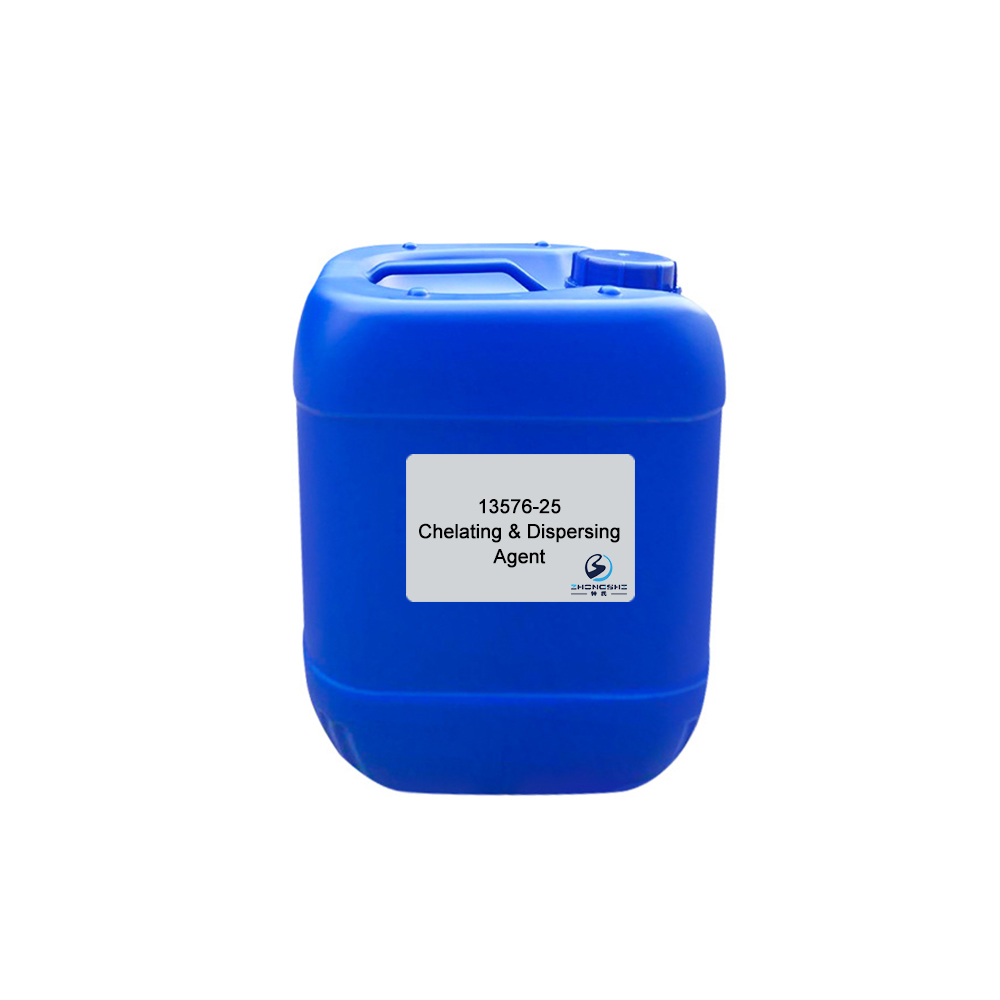45046 Soaping Slab
Features & Benefits
- Contains no APEO, NPEO or formaldehyde, etc. Fits environmental protection requirements.
- Excellent ability of wetting and washing. Can obviously decrease the surface tension of bath and solubilize, disperse and elute various kinds of greasy dirt and impurities.
- In pretreatment process, has good effect of degreasing and scouring.
- In dyeing process, has excellent effect of soaping.
Typical Properties
| Appearance: | White to light yellow graininess |
| Ionicity: | Anionic |
| pH value: | 10.0±1.0 (1% aqueous solution) |
| Solubility: | Soluble in water |
| Application: | Various kinds of fabrics |
Package
50kg cardboard drum & customized package available for selection
TIPS:
Reactive dyes
These dyes are produced by the reaction of a dichloro-s-triazine dye with an amine at temperatures in the region of 25–40°C, resulting in the displacement of one of the chlorine atoms, producing a less reactive monochloro-s-triazine (MCT) dye.
These dyes are applied in the same manner to cellulose except that, being less reactive than the dichloro-s-triazine dyes, they require a higher temperature (80°C) and pH (pH 11) for fixation of the dye to the cellulose to occur.
These types of dyes have two chromogens and two MCT reactive groups, therefore having much higher substantivity for the fiber compared to the simple MCT type dyes. This increased substantivity allows them to achieve excellent exhaustion onto the fiber at the preferred dyeing temperature of 80°C, leading to fixation values of 70–80%. Dyes of this type were and still are marketed under the Procion HE range of high efficiency exhaust dyes.
These dyes were introduced by Bayer, now Dystar, under the name Levafix E , and are based on the quinoxaline ring. They are slightly less reactive when compared with the dichloro-s-triazine dyes and are applied at 50°C, but are susceptible to hydrolysis under acidic conditions.








